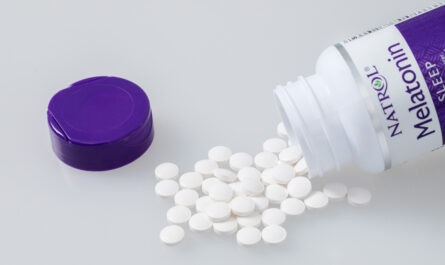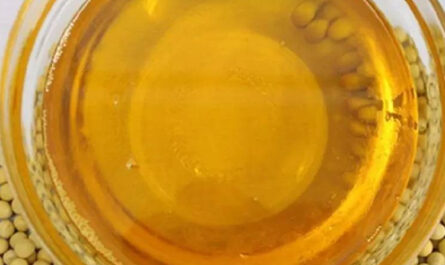The Salt Substitutes Market is estimated to be valued at US$ 1.22 Bn in 2023 and is expected to exhibit a CAGR of 6.1% over the forecast period 2023-2030, as highlighted in a new report published by Coherent Market Insights.
Market Overview:
Salt substitutes are products used as an alternative to table salt in cooking and food processing. They are predominantly potassium-based and contain little to no sodium. Common salt substitutes include potassium chloride, calcium chloride, and magnesium sulfate. They are marketed as products that allow consumers to reduce their sodium intake while maintaining the salinity of food. The rising health concerns associated with high salt consumption is driving the demand for alternative low-sodium seasoning products.
Market Dynamics:
Growing health awareness among consumers regarding the negative effects of excessive sodium intake is a key factor driving the salt substitutes market growth. High sodium consumption is linked to increased risks of hypertension, heart disease, and stroke. According to the World Health Organization (WHO), reducing sodium intake to less than 2,000 mg per day can prevent hypertension. This is encouraging food manufacturers and restaurant chains to adopt salt substitutes to reformulate their products with reduced sodium levels. Additionally, advancements in salt substitute formulation have improved palatability, making them comparable to table salt flavors. This is expected to further increase adoption. Furthermore, the burgeoningready-to-eat food industry catering to busy lifestyles is anticipated to upsurge demand for salt substitutes during the forecast period.
Segment Analysis
The global salt substitutes market is dominated by potassium chloride-based salt substitutes segment. Potassium chloride-based salt substitutes account for more than 50% of the global market share as they mimic the taste of table salt and are considered a healthier alternative to sodium chloride. They are increasingly being preferred by health-conscious consumers looking to reduce their sodium intake.
PEST Analysis
Political: Certain governments are promoting the reduction of sodium in the diet through public awareness campaigns and efforts to reformulate packaged and processed foods, which is positively impacting the demand for salt substitutes.
Economic: The growing health consciousness and rising disposable incomes are driving consumers towards healthier food and beverage options, thereby augmenting the sales of salt substitutes.
Social: Rising incidence of lifestyle diseases due to excessive salt intake is prompting consumers to limit their sodium consumption, thus benefiting the salt substitutes market.
Technological: Manufacturers are focusing on developing novel formulations of salt substitutes through advanced processing techniques to closely replicate the taste of table salt. Some are also fortifying salt substitutes with nutrients.
Key Takeaways
The global Salt Substitutes Market Size is expected to witness high growth, exhibiting CAGR of 6.1% over the forecast period of 2023 to 2030, due to increasing health awareness among consumers about the ill effects of excessive salt intake.
The North America salt substitutes market accounts for over 30% of the global market share currently and is expected to continue dominating during the forecast period. This is attributed to growing consumer preference for reduced sodium and low-calorie food products in the region.
Key players operating in the salt substitutes market are Cargill Inc., Nu-Tek Food Sciences LLC, Koninklijke DSM N.V., Montana Indusrie Holding A.G., Angel Yeast Co. Ltd., Tate & Lyle Plc, and Innophos Holding Inc. These players are focusing on new product launches and capacity expansions to consolidate their market presence.
*Note:
1. Source: Coherent Market Insights, Public sources, Desk research
2. We have leveraged AI tools to mine information and compile it




